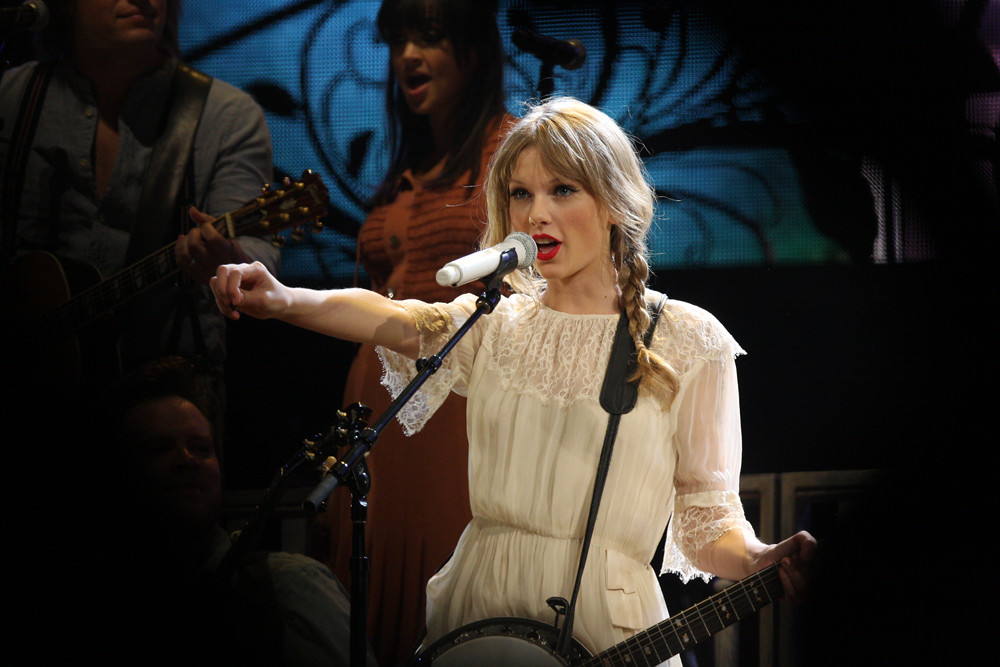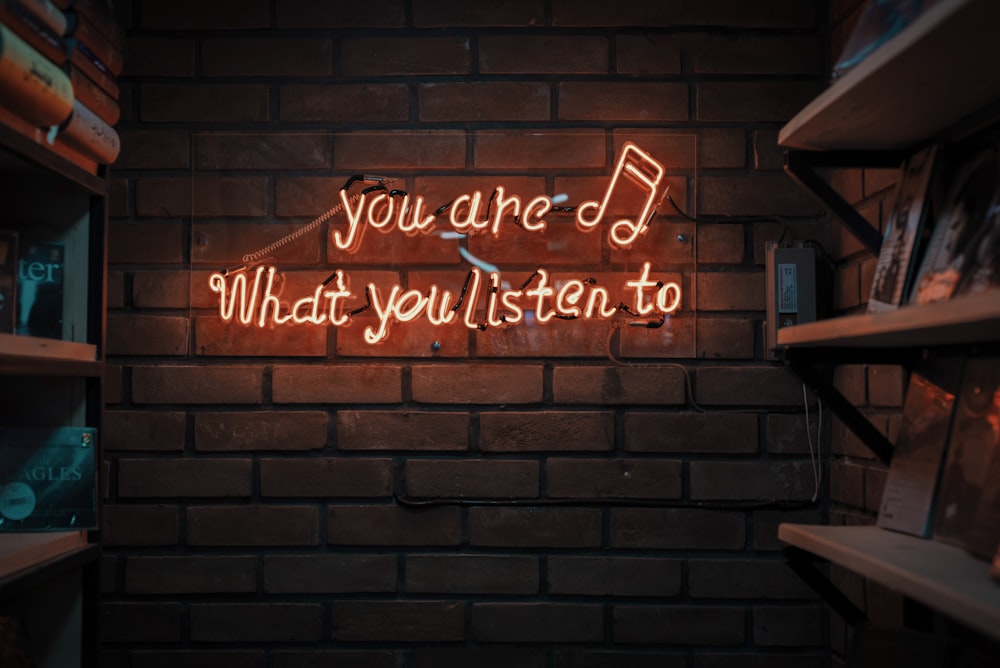Falling Fearless-ly Back Into Nature

Taylor Swift just released her re-recording of Fearless, her second studio album that was first released back in 2008. Listening to the songs once again at midnight on Friday night, I couldn’t help but marvel at her growth as a songwriter. I’ve been a fan for years, following album release after album release, and everytime being more amazed than the last, especially with the release of her nature-filled albums in 2020.
To many, nature is art. Others sometimes use it to create art, such as the Agar Art competition where microbiologists use bacteria to create scenes on plates of nutrient agar. Most of the time though, we see it in writing through metaphors and similes. As songwriting dives into storytelling, we’re seeing nature in music more too, especially recently with the release of Taylor Swift’s Folklore and Evermore albums.
Rooting Nature in Our Dreamlands
Both Folklore and Evermore are full of imagery and storytelling from the beginning: the Folklore album cover features Swift in the middle of the woods, while Evermore has her looking across a field. The music video for Cardigan, the first single from Folklore, see’s Swift jumping into a waterfall and wading with a piano in the middle of the ocean while she laments the lingering feelings of a relationship as “the smell of smoke [that] would hang around this long.”
In “Seven,” the narrator reflects on their childhood, lyrics like “Please, picture me in the weeds/Before I learned civility/I used to scream ferociously/Any time I wanted” conjuring pictures of my little cousins pretending to be lions stalking through the weeds. And “The Lakes,” a bonus track, took my breath away with the flawless references to the Romantic Poetry period, while summoning images of where she escapes to without the influence of the media and presence of paparazzi:
“I want auroras and sad prose
I want to watch wisteria grow right over my bare feet
‘Cause I haven’t moved in years
…
A red rose grew up out of ice frozen ground
With no one around to tweet it
While I bathe in cliffside pools
With my calamitous love and insurmountable grief”
The opening single from Evermore, “Willow,” starts with the image of a ship on a stormy sea, “I’m like the water when your ship rolled in that night/Rough on the surface but you cut through like a knife”, flawlessly showing her partner breaking down her walls as she climbs from the base of a willow and dives into a pond in the music video. I still can’t explain the meaning, but the lyric “life was a willow and it bent right to your wind” makes complete sense when you’re picturing a willow in the wind. Ivy describes the narrator as a “house of stone” over which the partners “ivy grows and now [they’re] covered”, after the narrator states “I can’t stop you putting roots in my dreamland”, reflecting the nature of ivy to grow almost everywhere, even if you don’t want it. I can see it with the ivy in my bedroom that I’ve had to repot three times in the last six months, despite the snow on the ground.
So what?
Why Music Matters
Taylor Swift has often referenced nature in her songwriting, from “’I’m Only Me With You” on her debut album to now, but it could matter now more than ever.
Both Folklore and Evermore were written in 2020, during quarantine, when many people were using the outdoors as a healthy, safe escape from their homes. However, people are still getting out less now than they were a decade ago. In 2018, it was found that only 17% of people in the U.S. got outside at least once a week, and kids aren’t going outside as much either. Considering the positive impact the outdoors can have on our mental health and the fight to stop climate change, this isn’t a good thing.
I can’t speak for anyone else, but I do know that hearing about nature and seeing nature makes me want to be in nature; after Folklore was released, I started to appreciate my job at a farm more. After Evermore, I spent a lot of time longing for Spring, given I was surrounded by snow and I’m now convinced I want to move to Australia. I’ve been thinking about nature more, longing to be in it more, and considering how I can help replenish the world around us more. The direction I’m going in makes sense if scientists are correct: many think that when we’re in nature less, we think about it less. So, of course the opposite could be true: the more you’re in nature, the more you think about it.
And we have a lot to think about.

Luckily, we can help replenish nature in several ways: plant gardens, eat local, or eat less meat. We can also take a note out of Swift’s book in several ways: we can write about it, and we can donate. In 2015, the proceeds from her Wildest Dreams music video were donated to the African Parks Foundation of America. For those of us who aren’t aren’t releasing charitable music videos, here are some organizations we can donate to: the Environmental Defense Fund, the Natural Resources Defense Council, or the Trust for Public Land.
If you can’t tell, I am in fact a “Swiftie”, but I’m also a nature lover; it just took some pushing from the entertainment I consume to make me remember that. You don’t have to listen to Taylor Swift, but I highly encourage finding media that talks about nature, whether it’s in music, movies, or poetry, to feel more connected to the world around us.
Image Credit: “Taylor Swift” by Eva Rinaldi Celebrity Photographer


Leave a Reply